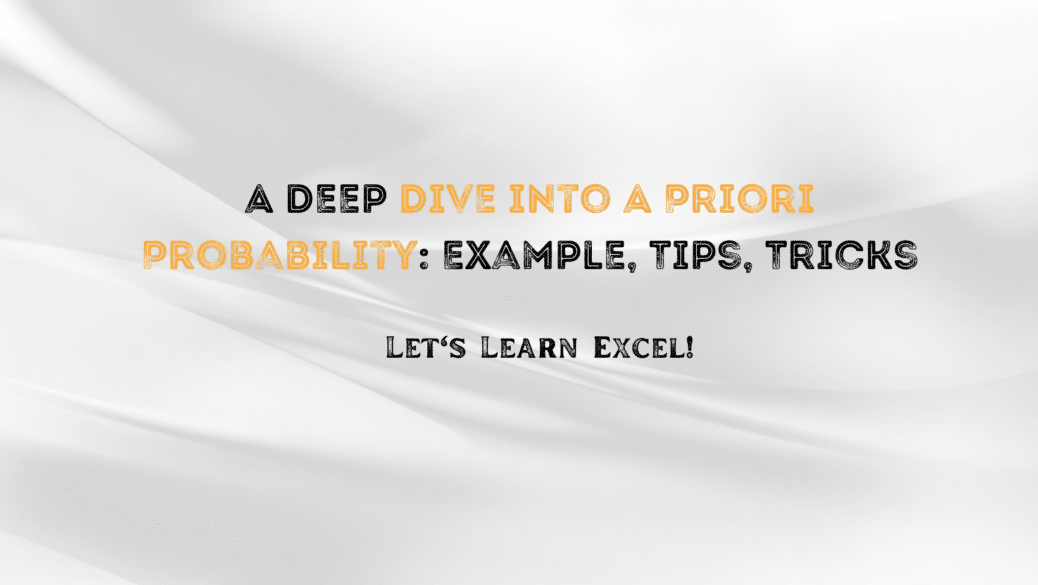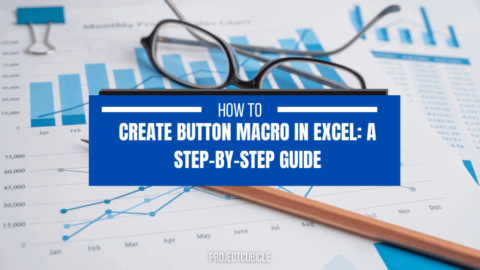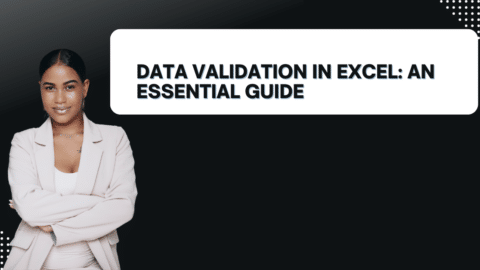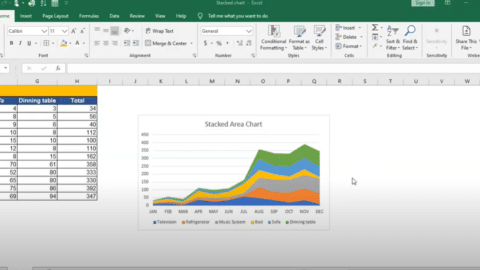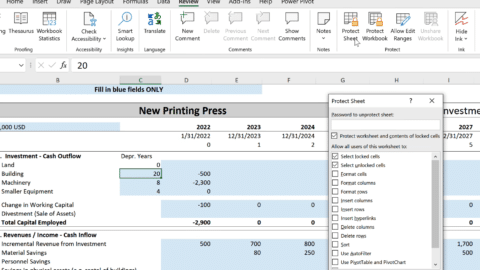A Deep Dive into A Priori Probability
In the vast realm of statistics and probability, myriad terms may seem complex at first glance. One such essential term is A Priori Probability. Let’s embark on a detailed exploration of this concept, offering a blend of theoretical insights and practical examples.
Table of Contents
The Basics Unearthed: Deciphering A Priori Probability
Unpacking the Definition
At its core, A Priori Probability deals with determining the likelihood of an event grounded in deductive reasoning, rather than empirical or observed evidence. It’s the probability deduced from inherent knowledge or logical constructs, devoid of any external observations or specific experience.
For instance, even without tossing a coin a hundred times, we can reason that the probability of getting heads is 50%. This deduction arises not from experimental data but pure logical inference.
Setting it Apart: A Priori vs. Empirical Probability
What distinguishes A Priori Probability from its empirical counterpart is its basis. While the former springs from theoretical or logical reasoning, empirical (or a posteriori) probability germinates from actual observations or past data. This distinction is fundamental in fields ranging from pure mathematics to real-world data analytics.
The Concept in Action: Illustrative Examples
Beyond the Coin Flip
While the probability of getting a head in a single flip of a fair coin is an oft-cited example, consider a deck of cards. Without peeking, the a priori probability of drawing an Ace from a standard deck of 52 cards is 4/52 or 1/13. This is deduced not from drawing cards multiple times but from inherent knowledge about the deck’s composition.
The Dice Roll Dilemma
Envision a standard six-sided die. The chance of rolling a specific number, say a 5, stands at 1/6. We derive this probability from the logical understanding of the die’s structure, irrespective of how many times it’s been thrown in the past.
Expert Insights: Navigating A Priori Probabilities
The Pillars of Sound Assumptions
When deploying a priori probabilities, a rigorous check on the underlying assumptions is paramount. Taking the coin flip example, one must ascertain that the coin is indeed unbiased. A weighted or rigged coin would render our a priori probability void.
Melding Theory with Observation
In numerous situations, synthesizing a priori probabilities with empirical data yields richer, more nuanced insights. The realm of Bayesian statistics offers a testament to this approach. An initial a priori probability or “prior” undergoes refinement upon the influx of new data, culminating in a more informed “posterior” probability.
A Priori Probability in the Wild: Everyday Applications
The Gambit of Gaming
Casino games, especially those rooted in pure chance like roulette, lean heavily on a priori probabilities. While the short-term outcomes might surprise you, over an extended period, the results tend to hover close to these theoretical probabilities.
Assessing Risks in Insurance
While empirical data remains the backbone of the insurance sector, a priori probabilities play their part, especially when charting uncharted waters. For novel policies or unprecedented scenarios, insurers might lean on logical structures to formulate preliminary risk assessments.
Answering the Curious: FAQs on A Priori Probability
Does A Priori Mean it’s Always Accurate?
Not necessarily. While A Priori Probability stems from logical constructs, its accuracy can falter if the real-world scenario strays from the theoretical model or if the foundational assumptions are skewed.
Can I Refine A Priori Probabilities?
Absolutely! By integrating fresh observational data into your original assumptions, you can refine and adjust the a priori probabilities. This blending is the essence of Bayesian inference.
From Whence Does ‘A Priori’ Come?
Delving into etymology, ‘A Priori’ hails from Latin, translating to ‘from the earlier.’ It’s an apt descriptor in philosophy and statistics, symbolizing knowledge sprouting from theory rather than experiential observation.
Exploring A Priori Probability Through Detailed Examples
While the previous sections provide a comprehensive theoretical understanding of A Priori Probability, it’s often hands-on examples that truly cement the concept. Let’s dive into a couple of real-world scenarios that underscore the essence of this kind of probability.
The Deck of Cards Deep Dive
Imagine you’re about to play a card game with friends, and you want to estimate the probability of specific events based on pure logic, without any prior experience or historical observations.
Scenario 1: Drawing a Red Queen
You know a standard deck contains 52 cards with 2 Queens that are red (Queen of Hearts and Queen of Diamonds). Without even shuffling or drawing a card, you can determine the a priori probability of drawing a red Queen:
Probability = Number of red Queens / Total number of cards = 2/52 = 1/26 or approximately 3.85%.
Scenario 2: Drawing a Club
There are 13 clubs in a standard deck. Hence, the probability of drawing a club from the deck is:
Probability = Number of clubs / Total number of cards = 13/52 = 1/4 or 25%.
Birthdays in a Room
Let’s consider a classic problem that often astounds people when they first encounter it.
Scenario: Chances of Shared Birthdays
In a room with 23 people, what’s the probability that at least two people share the same birthday? Without even conducting an experiment or surveying people, we can use logical reasoning to determine this probability.
Given 365 days in a year (ignoring leap years), the first person has a birthday that falls on one of these days. The next person has a 1/365 chance of having the same birthday as the first person. If that doesn’t occur, the third person then has a 2/365 chance of matching the birthday of either the first or the second person. Continuing this logic, by the time you reach the 23rd person, you’ll find that the cumulative probability of someone sharing a birthday is surprisingly over 50%!
These examples underscore how a priori probability can offer accurate insights based solely on deductive reasoning. It’s a testament to the power of logical structures and inherent knowledge in probability theory.
Wrapping Up: The Significance of A Priori Probability
In the universe of probability and statistics, A Priori Probability stands as a beacon, illuminating the path of logical deduction. Whether you’re a statistician making predictions, a gambler assessing odds, or a student navigating probability, understanding the delicate balance between theoretical reasoning and empirical evidence is indispensable. This comprehensive guide, replete with examples and insights, ensures a holistic understanding of the topic, catering to novices and experts alike.
Hello, I’m Cansu, a professional dedicated to creating Excel tutorials, specifically catering to the needs of B2B professionals. With a passion for data analysis and a deep understanding of Microsoft Excel, I have built a reputation for providing comprehensive and user-friendly tutorials that empower businesses to harness the full potential of this powerful software.
I have always been fascinated by the intricate world of numbers and the ability of Excel to transform raw data into meaningful insights. Throughout my career, I have honed my data manipulation, visualization, and automation skills, enabling me to streamline complex processes and drive efficiency in various industries.
As a B2B specialist, I recognize the unique challenges that professionals face when managing and analyzing large volumes of data. With this understanding, I create tutorials tailored to businesses’ specific needs, offering practical solutions to enhance productivity, improve decision-making, and optimize workflows.
My tutorials cover various topics, including advanced formulas and functions, data modeling, pivot tables, macros, and data visualization techniques. I strive to explain complex concepts in a clear and accessible manner, ensuring that even those with limited Excel experience can grasp the concepts and apply them effectively in their work.
In addition to my tutorial work, I actively engage with the Excel community through workshops, webinars, and online forums. I believe in the power of knowledge sharing and collaborative learning, and I am committed to helping professionals unlock their full potential by mastering Excel.
With a strong track record of success and a growing community of satisfied learners, I continue to expand my repertoire of Excel tutorials, keeping up with the latest advancements and features in the software. I aim to empower businesses with the skills and tools they need to thrive in today’s data-driven world.
Suppose you are a B2B professional looking to enhance your Excel skills or a business seeking to improve data management practices. In that case, I invite you to join me on this journey of exploration and mastery. Let’s unlock the true potential of Excel together!
https://www.linkedin.com/in/cansuaydinim/

